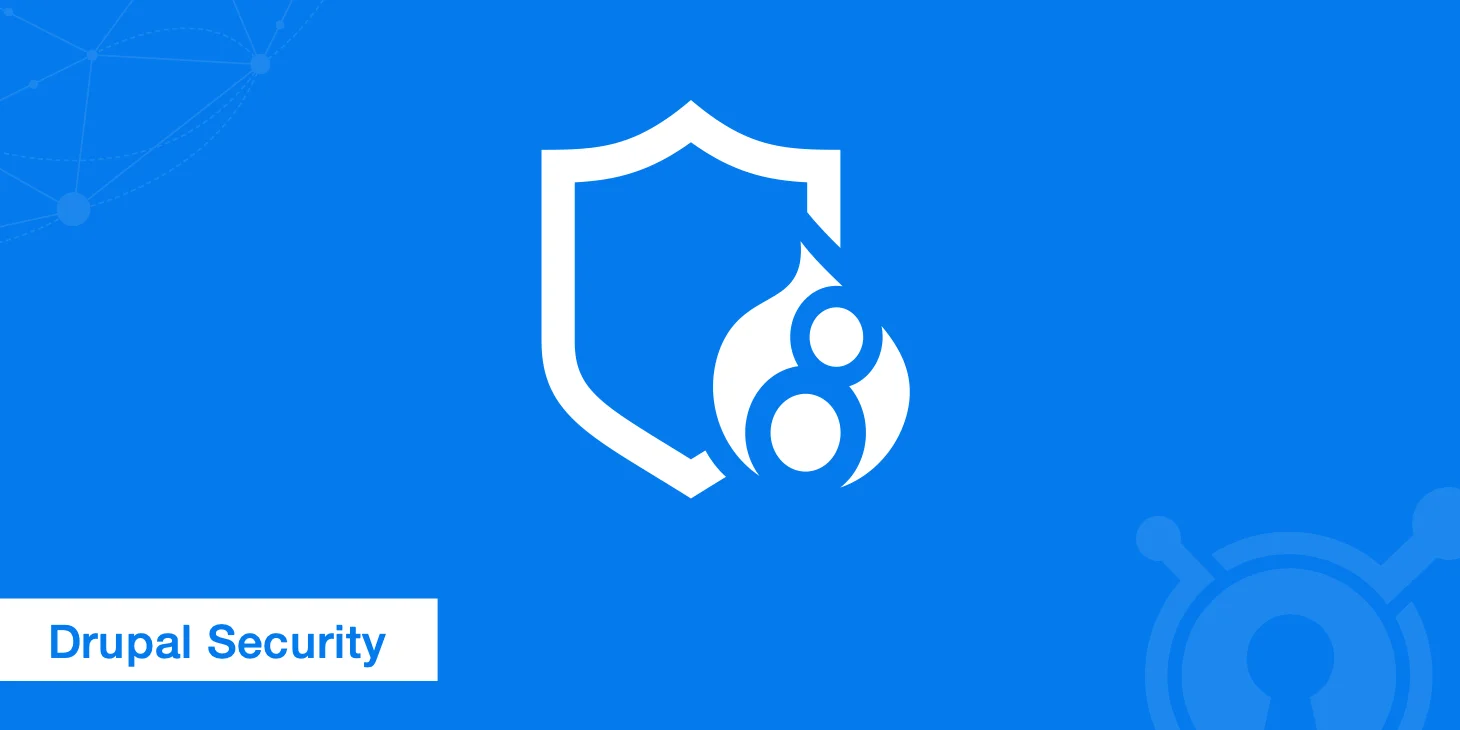The Significance of Setting Proper Permissions for Content Types in Drupal 9
The Significance of Setting Proper Permissions for Content Types in Drupal 9

Drupal is a powerful content management system that allows you to create, manage, and distribute content effectively. One of its key features is the ability to define custom content types, each with its own set of fields and properties. However, setting proper permissions for these content types is often overlooked but holds significant importance. In this blog post, we'll explore the significance of setting the right permissions for content types in Drupal 9 and how it can impact your website's security and functionality.
Prerequisites
Before we dive into the importance of content type permissions in Drupal 9, it's important to understand:
- Basic knowledge of Drupal site building and module development.
- Familiarity with content types and user roles in Drupal.
- An operational Drupal 9 website.
What are Content Type Permissions?
Content type permissions in Drupal 9 dictate who can perform specific actions related to a content type. These actions include creating, editing, deleting, and viewing content of a particular type. By setting the right permissions, you can control which users or roles have access to these actions.
The Importance of Setting Proper Permissions
- Security: One of the primary reasons to set proper permissions is security. Drupal allows you to assign fine-grained control over content type access. Without proper permissions, you risk exposing sensitive content or allowing unauthorized users to make changes.
- Data Integrity: Content type permissions help maintain the integrity of your data. You can prevent accidental deletions or edits by limiting who can perform these actions. This is especially important for crucial content types that should remain unchanged.
- User Roles: Content type permissions are tied to user roles. By assigning the right permissions to specific roles, you can ensure that users have appropriate access based on their role. For example, you might allow editors to create and edit content while granting read-only access to anonymous users.
- Custom Workflows: Many Drupal websites use custom workflows. Setting permissions allows you to create and enforce these workflows efficiently. For instance, you can grant permission to "reviewers" to approve content before it's published.
- Privacy and Compliance: In cases where your website handles personal or sensitive information, it's crucial to restrict access to only authorized users or roles. Proper permissions play a significant role in meeting privacy and compliance requirements, such as GDPR.
Best Practices for Setting Content Type Permissions
- Least Privilege Principle: Follow the principle of least privilege, which means granting users or roles the minimum necessary permissions to perform their tasks. This limits the potential for misuse.
- Regular Audits: Periodically review and audit your content type permissions. As your website evolves, you may need to adjust permissions to accommodate changes in roles, workflows, or content types.
- Consider Module Permissions: Some modules, such as Workbench Moderation or Content Access, provide additional permissions that enhance content type access control. Evaluate if these modules are suitable for your site.
- Document Your Permissions: It's a good practice to document your content type permissions to ensure that your team understands the access control in place.
Conclusion
Properly setting permissions for content types in Drupal 9 is essential for maintaining a secure, organized, and efficient website. By controlling who can create, edit, delete, and view content, you can safeguard your data, streamline workflows, and meet privacy and compliance requirements. Take the time to review and configure your content type permissions, and you'll have a more robust and secure Drupal site that aligns with your content management needs.